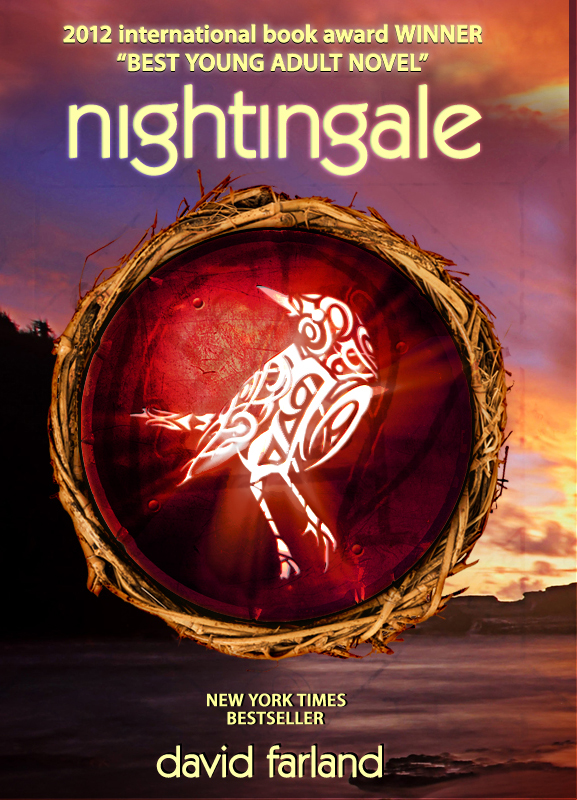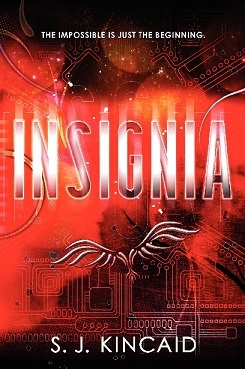Purple Prose:
guest post
Letting go of the rules

Girl Writes Boy…Boy Writes Girl

Bringing Scenes to Life: Guest Post

Working With Your Publicist: Guest Post

Guest Post: Doing Kickass Author Interviews

Plots and Hooks, Think Symphony!

It Was A Dark and Stormy Night: Using Setting to Enhance a Story

Revealing Characterization through Banter

Writing Kickass Action Scenes: Part Three

Writing Kickass Action Scenes: Part Two

Writing Kickass Action Scenes: Part One

Writing the book isn’t the hardest part????

Author Guest Post: My Writerly Tips

Guest Post: Write the Way You Want

I'm Not Her

I Interrupt This Vacation!


